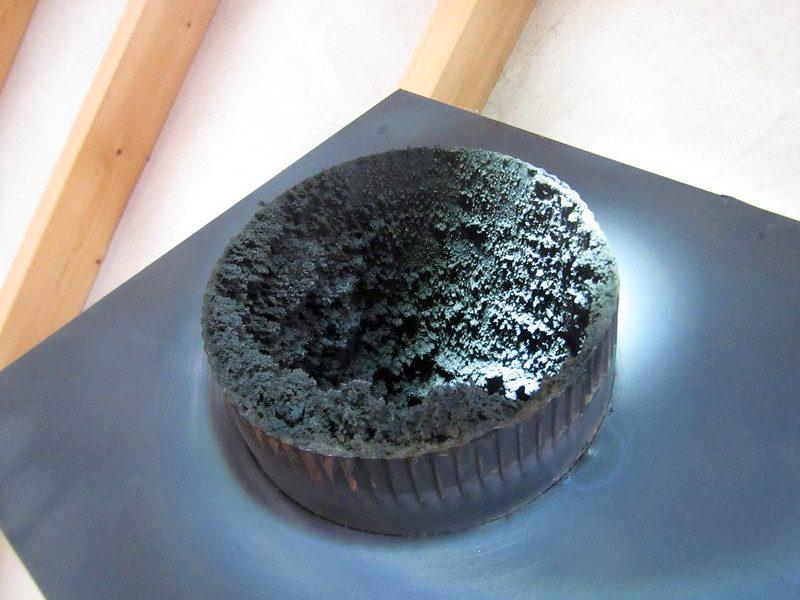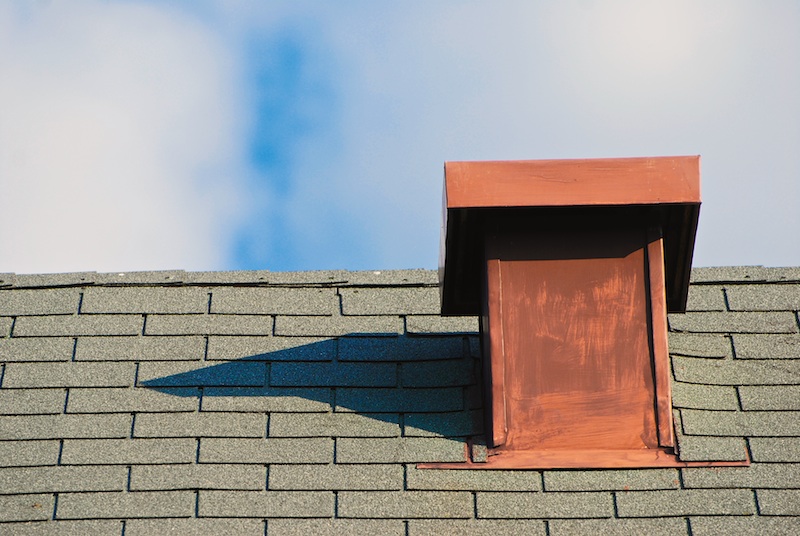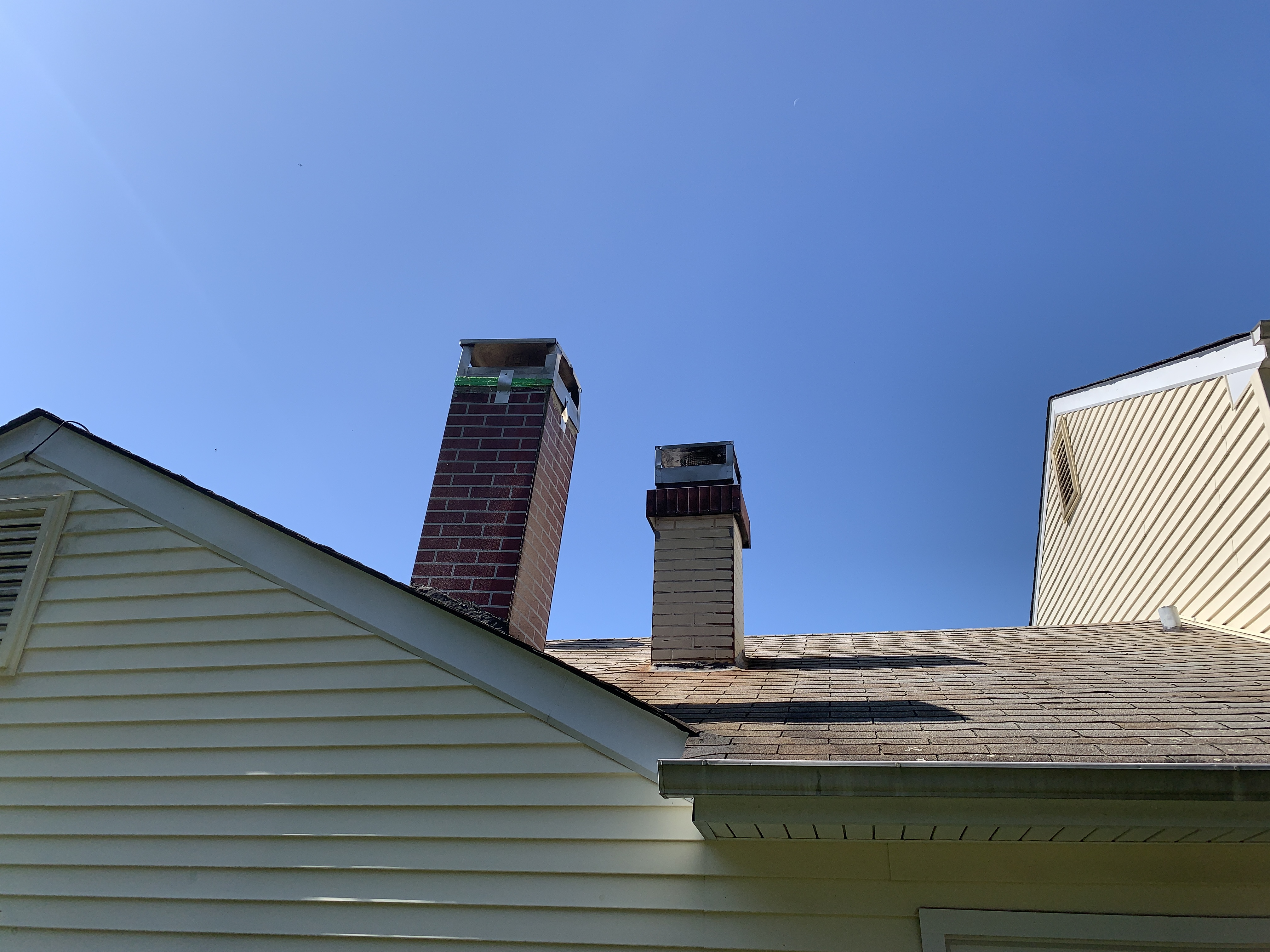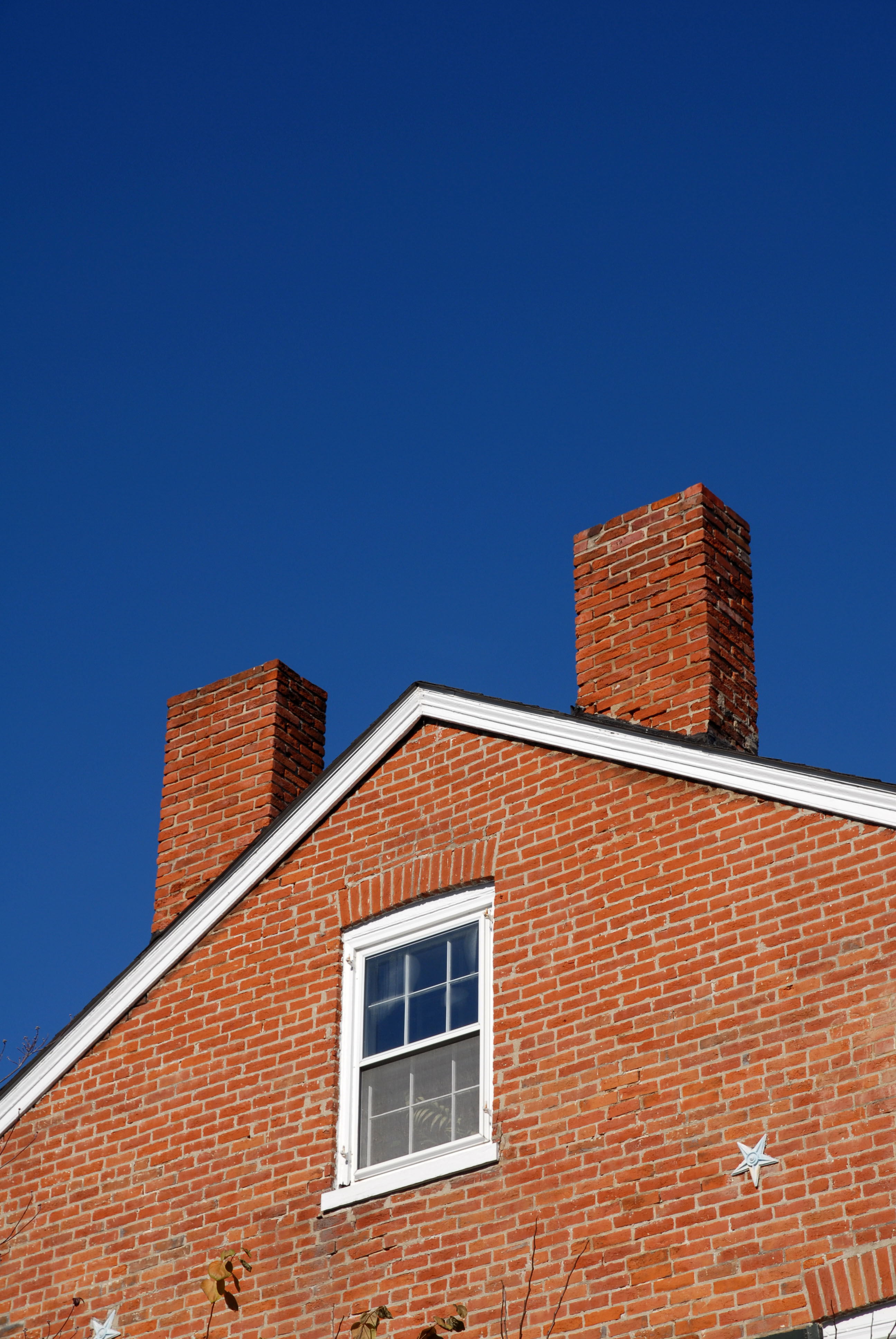- Chimneys
- Chimney Cleaning & Inspections
- Chimney Repairs & Masonry
- Liner Installation
- Chimney Cap Installation

How often should you have your chimney cleaned?
Homeowners are urged to have their chimneys inspected for creosote buildup and cleaned if necessary in the spring of each year. Chimney fires are characterized by loud cracking or popping noises and a lot of dense smoke from the flue, but often times go undetected by the homeowner.
What time of year should you clean your chimney?
Chimneys should be cleaned no later than the early fall, before fire burning season. If you choose to hire a chimney sweep, you can expect a quick turnaround if you have them come earlier, ideally in the summer.
Here are seven tell-tale signs that indicate your chimney or fireplace needs cleaning:
- Your fireplace smells like a campfire. …
- Fires burn oddly. …
- It takes more effort to get a fire going and keep it going. …
- Smoke fills the room. …
- The fireplace damper is black. …
- Fireplace walls have oily marks. …
- There’s evidence of animals.
How do you know if you have creosote build up?

Unexplained poorly burning fires, a reduced draft or black deposits around your fireplace can all be signs of creosote buildup. To check for creosote buildup look for black soot or tar deposits around the opening of your fireplace, as well as around the throat of the chimney.
Do all chimneys have creosote?
Though the black residue in the chimney from burning wood is called creosote, it is in fact mostly tar. There are, generally speaking, three types of creosote are found in chimneys and they are usually called ‘stages’ or ‘degrees’
All three forms are all combustible and should be removed.
Is a chimney cap necessary?

Although a chimney will function without a chimney cap, it’s best to have one. Without a chimney cap, rain, snow, or other detritus can enter your chimney unhampered, causing damage to your house. It also keeps embers from escaping the chimney, preventing roof fires
Are chimney caps safe?

With the risk of the flue becoming blocked, leading to smoke and carbon monoxide back drafting into the home. Or When you light your first fire of the season, that debris can go up in flames and wind up catching your house on fire. Putting in a chimney cap can keep that debris out and your fireplace safe.
What happens if there is no chimney cap?
If there is no chimney cap, the rain pours in and can cause damage to your attic and interior ceilings and walls. … Birds are also drawn to chimneys because of the warmth they provide, and they will build nests there, if the chimney isn’t capped.
What keeps rain from coming down a chimney?
Unless a chimney has a cowling, rain often comes down its relatively small aperture. But all chimneys have a bend built into them to prevent any downdraught. Any normal rain will be absorbed by the insides of the chimney and prevented from going all the way down by this ledge.
What is chimney flashing?

Chimney flashing is a type of roof flashing that creates a waterproof seal to protect your chimney and roof from water damage and penetration. … Counter or cap flashing is also an L-shaped metal piece, but it is designed to cover the step flashing and embedded into a groove cut in the chimney brickwork
How do you repair a masonry chimney?
Replace the Old Bricks
Get the area nice and damp before applying a layer of new mortar to the sides and base of the hole with your trowel. Slowly slide the replacement brick into the hole until it lines up with your older bricks. Use the trowel to make your mortar work uniform with the rest of the chimney.
Masonry Chimneys
A masonry chimney is constructed of a variety of masonry and metal materials, including brick, mortar, concrete, concrete block, stone, flue tile, steel and cast iron.
How do you know if your fireplace is masonry?
A masonry fireplace has a firebox built of individual generally yellowish firebrick, a brick chimney above the roof, and if you look up past the damper you will see a roughly pyramid shaped affair also built of brick.
How do you know if mortar is bad?
The rapid release of water from the mortar when it freezes can cause the exterior of the mortar to look flaky or scaly. This might be a sign that the mortar dried out too quickly, before it could bond the pieces of brick securely.
What causes mortar to crumble?
Causes. Brick and mortar are porous materials that absorb moisture when they’re in contact with the ground, when splashed with water regularly or when a house has poor drainage. Over time, the mortar between the bricks loses its adhesive properties, turning crumbly and sandy.
How long should mortar last?
Mortar is generally very durable and has a typical lifespan of between 20-30 years, after which repairs (or repointing) can be necessary to fill cracks or gaps that may begin to appear. Mortar may be provided in its component parts and mixed on site, or factory-mixed.




